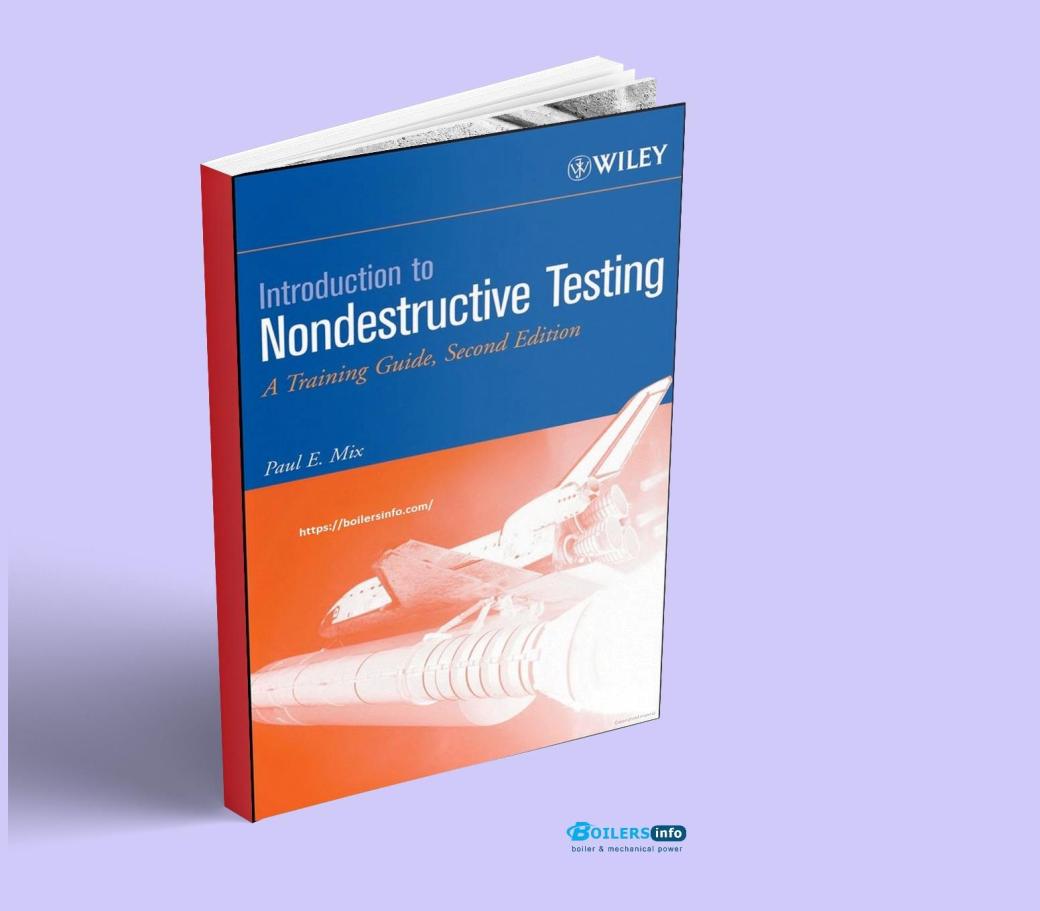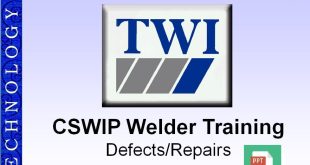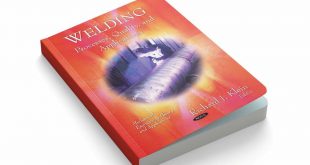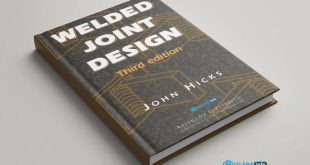Introduction to Nondestructive Testing (NDT): A Training Guide for ASQ/A, QC, and CSWIP Welding Inspectors
What Is Nondestructive Testing (NDT)?
Nondestructive Testing (NDT) refers to a range of inspection techniques used to evaluate the properties of materials, components, or systems without causing any damage. In industries like oil and gas, aerospace, power generation, and construction, NDT plays a critical role in ensuring safety, reliability, and compliance with international quality standards.
For welding inspectors certified under CSWIP, ASQ/A, or working in QC roles, understanding NDT is essential for assessing weld integrity, detecting flaws, and maintaining industry-standard practices.

Why NDT Is Vital for Welding Inspectors
Whether you’re a CSWIP-certified welding inspector, an ASQ/A Quality Control (QC) professional, or preparing for certification, NDT knowledge is indispensable. Here’s why:
- Ensures weld quality without compromising the structure
- Identifies subsurface and surface defects such as cracks, porosity, or lack of fusion
- Improves safety and reduces the risk of structural failure
- NDT Nondestructive Testing Methods
- Supports compliance with ISO, ASME, and AWS standards
Common NDT Methods Every Welding Inspector Should Know
1. Visual Testing (VT)
Often the first line of inspection, VT is used to check surface-level defects in welds. It’s fast, cost-effective, and typically performed with tools like magnifying glasses, mirrors, and borescopes.
2. Radiographic Testing (RT)
RT uses X-rays or gamma rays to detect internal defects in welds. It requires strict safety protocols and is widely used in pipeline and pressure vessel inspections.
3. Ultrasonic Testing (UT)
This method uses high-frequency sound waves to detect subsurface flaws. UT is known for its high accuracy and is a must-know for CSWIP and ASQ/A inspectors involved in critical projects.
4. Magnetic Particle Testing (MT)
MT is used to identify surface and near-surface discontinuities in ferromagnetic materials. It’s ideal for detecting cracks in welds, especially in structural steel.
5. Liquid Penetrant Testing (PT)
PT is suitable for detecting surface-breaking flaws in both ferrous and non-ferrous materials. It’s cost-effective and widely used for welding inspection in aerospace and fabrication industries.
NDT Training and Certification for CSWIP, ASQ/A & QC Professionals
For CSWIP Welding Inspectors:
- CSWIP training courses cover key NDT methods relevant to welding inspection.
- Emphasis is placed on interpreting NDT results and applying standards such as BS EN ISO 9712.
For ASQ/A and QC Engineers:
- ASQ/A Quality Inspectors often integrate NDT data into quality assurance processes.
- QC professionals use NDT findings to improve manufacturing and welding procedures.
Recommended NDT Certification Bodies:
- TWI (The Welding Institute) – for CSWIP-certified professionals
- ASNT (American Society for Nondestructive Testing)
- BINDT (British Institute of NDT) – offers PCN certification under ISO 9712
Career Benefits of NDT Training
Investing in NDT training unlocks several opportunities for welding inspectors:
- Higher employability in oil & gas, power, and aerospace sectors
- Eligibility for international projects and shutdown jobs
- Increased credibility and salary potential
Conclusion & Book⬇️
For welding inspectors, QC engineers, and CSWIP-certified professionals, mastering the basics of Nondestructive Testing is not just optional—it’s essential. NDT ensures that welds meet safety and quality standards, all while preserving the integrity of the tested materials. If you’re aiming for success in QA/QC or CSWIP-level careers, NDT should be a core part of your skillset.
 Boilersinfo Boiler and Mechanical Power Digital Library
Boilersinfo Boiler and Mechanical Power Digital Library





